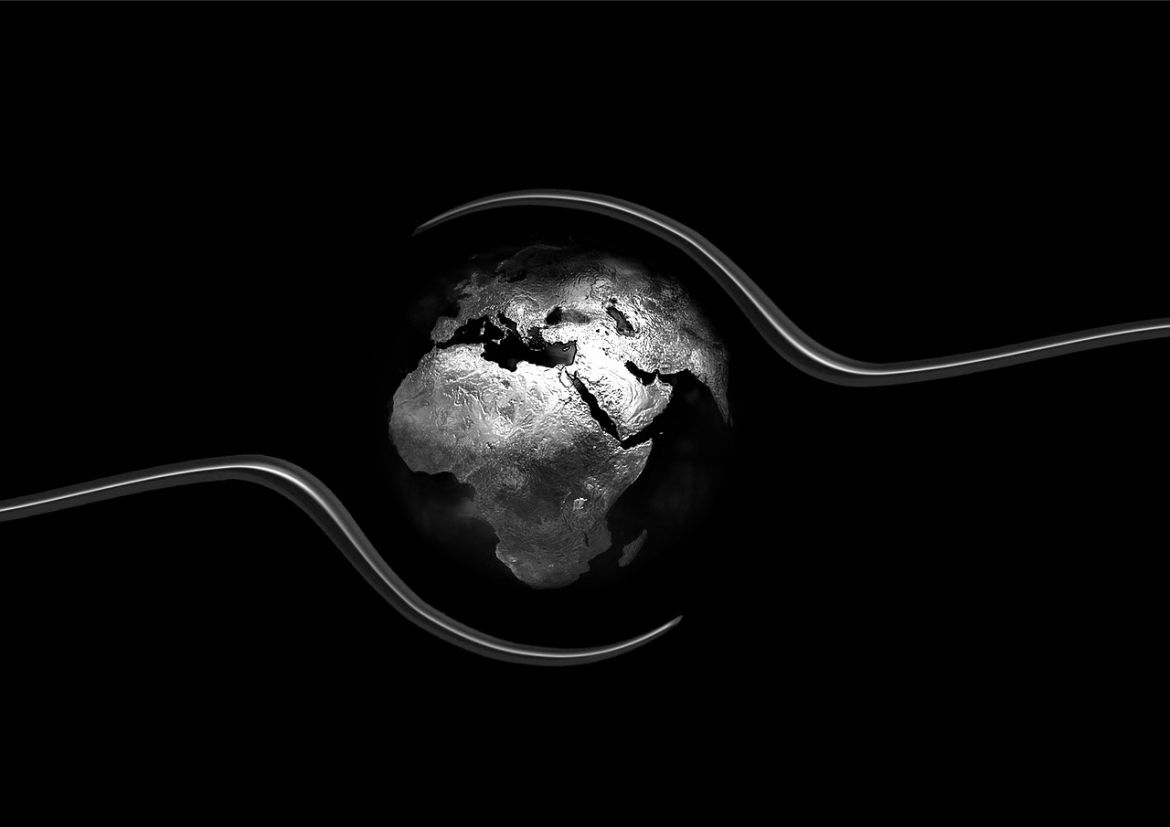NEWS | The world after the COVID-19 pandemic
The world after the COVID-19 pandemic

We are witnessing a global economic collapse without precedent in modern times. As investors we must think about what the world will look like when the pandemic has passed. This is difficult to do because the information we have is so uncertain and fragmentary. Sandy McGregor offers his thoughts on some of the features of the post-pandemic world.
The collapse of global economic activity that we are currently witnessing is without modern historical precedent. Conventional measures of economic activity have lost all meaning and we have become reliant on sound bites of information to form a picture of what is going on. It seems that China and other North-East Asian economies are slowly starting to get going again as their shutdowns end, and that the health crisis is reaching its peak in Europe and the United States. In South Africa, the lockdown has contained the spread of the virus, but we have yet to see whether this is sustainable.
There is growing controversy about whether total shutdowns are a sustainable solution to the crisis. Some argue that the cost of massive unemployment is greater than the toll of the pandemic. It is questionable whether a long-term closure of the economy is a viable option. Some countries, such as Brazil, are not going into lockdown for this reason.
As an initial lockdown comes to an end, difficult choices will have to be made. Italy has chosen to extend its lockdown for another three weeks. Alternatives include extensive testing and isolation of anyone who tests positive for the virus. This has been done successfully in Taiwan. Another approach is to quarantine vulnerable groups, for example those over the age of 50.
While one cannot speak with any certainty, judging from similar flu-like epidemics and the recent Chinese experience, the pandemic should run its course during the northern summer, and an economic recovery may start to gain momentum in the third quarter. The rate of recovery will depend on the damage done to corporate and household balance sheets and the pace at which those who lost their jobs during the lockdowns are rehired.
Normally after a deep recession, the initial bounceback is very strong. This time round, consumer confidence could be the critical determinant of the pace of the recovery. Consumers must feel safe enough to get out of their homes to go shopping.
My sense is that it will probably take at least two years to get back to where we were at the end of 2019, and possibly much longer. For emerging markets, such as South Africa, global trade is a key driver of economic growth. The pace of the return to normal will depend on when and how international trade recovers. Fortunately for commodity producers, China, which is the biggest importer of raw materials, is likely to be the first country to get manufacturing going again.
The liquidity crisis
Already in September 2019, a liquidity crisis had developed in the US money markets, which the Federal Reserve (the Fed) was addressing by creating new money at a rate of about US$60 billion per month. With the onset of the global crisis in early March, things got far worse, with a stampede for cash causing much greater liquidity problems.
Throughout the world, central banks have responded with aggressive monetary easing. The European Central Bank (ECB) made EUR700 billion available, and the Fed is injecting some US$2 trillion into the system – with the promise of more to come if required. Developed economy interest rates have been slashed to zero. Simultaneously, any sense of fiscal discipline has been abandoned as governments rush to put in place subsidies deemed necessary to keep the show on the road.
When the pandemic has run its course, it will leave a lasting legacy of hugely inflated monetary aggregates and unsustainable fiscal deficits. Over the past decade, one of the notable features of the economic management of developed economies has been what is euphemistically called quantitative easing (QE), but more accurately described as large-scale money printing. It is noteworthy that all this QE has failed to significantly boost economic growth, but it has massively inflated asset prices.
The outcome of the current orgy of money creation is unlikely to be any different. As the present crisis has cascaded from bad to worse, central banks have been playing a vital role in maintaining a degree of financial stability by ensuring markets and businesses have access to the cash they require to continue operating. However, the experience of the past decade suggests that as markets return to some new equilibrium, most of the new money created will migrate into equities, bonds and property.
Increased state intervention
It is worrying that in many countries, fiscal deficits are growing so large that funding them will require perpetual QE. The political pain involved in restricting spending to what can be financed conventionally is regarded as unacceptable. Prior to the current crisis there was already a widespread political shift in favour of increased government spending and intervention in the economy. The failure of a decade of QE to generate inflation has promoted complacency about the ability of governments to fund greatly expanded fiscal deficits. For example, the latest UK budget, tabled just before the health crisis struck, abandoned Margaret Thatcher’s legacy of fiscal prudence. Meanwhile, President Donald Trump has presided over an increase in the annual US fiscal deficit to over US$1 trillion. Measures being implemented to combat the coronavirus will more than double this. It is to be feared that the present crisis will accelerate the already established trend towards big government.
Huge fiscal deficits funded by printing money will have all sorts of unintended adverse consequences. Governments will respond not by tackling the real problem, which is that they are spending too much, but rather by attempting to sustain the unsustainable by a plethora of regulations. State intervention in economic activities and in our lives will increase. Ultimately, all this will end in grief as it did in the now forgotten 1970s, when inappropriate monetary and fiscal policies aimed at sustaining economic activity led to very high inflation and ultimately recession.
One of the legacies of the pandemic will be a string of bankrupt companies. These will be concentrated in certain industries, for example airlines. Many of these companies are too important to be allowed to fail. Some will find that they are unable to raise in private markets the capital they require to stay in business and the state will have to intervene, possibly becoming a major shareholder. This will be a repetition of what happened in 2009, when in many countries the state became a major bank shareholder. Direct state involvement in business will increase and the long-running tendency of states to disengage from business activities will end.
Read the full article: https://www.allangray.co.za/latest-insights/markets-and-economy/the-world-after-the-covid-19-pandemic/
April 30 2020 By Sandy McGregor - allangray.co.za Markets & Investing
